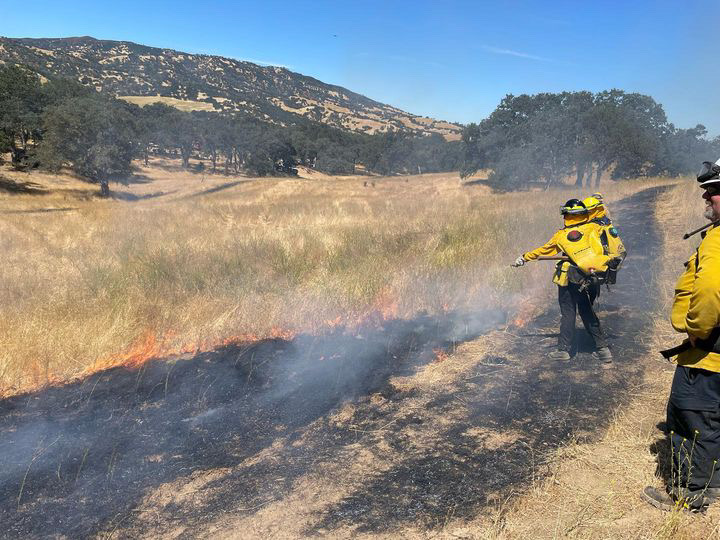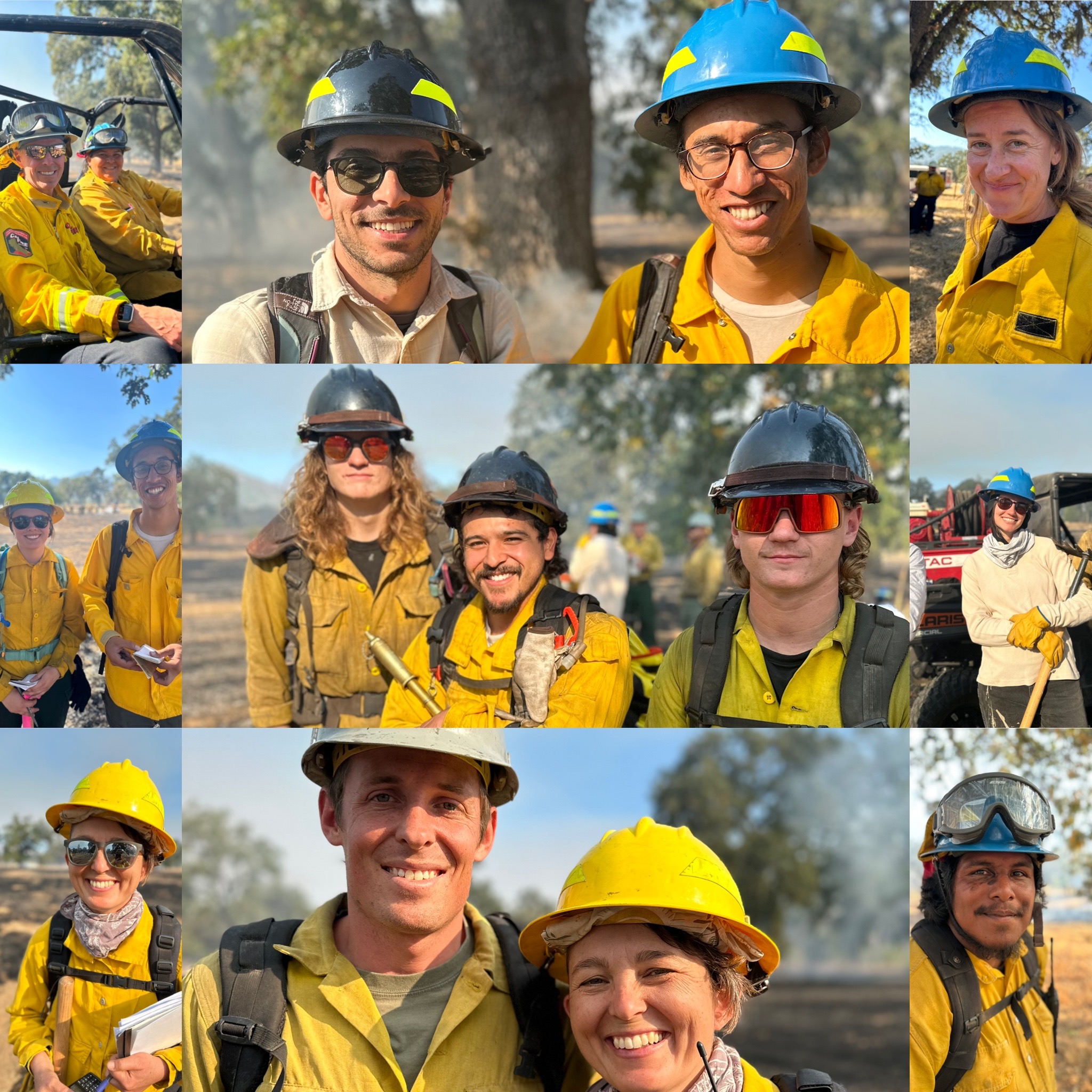Best Practices for Prepping Your Forested Land for Prescribed Fire: Control Lines & Fuel Reduction
Prescribed fire is a powerful tool for managing forested land, reducing wildfire risk, and improving ecosystem health. However, preparing your property correctly is crucial to ensure the fire stays controlled and burns at the right intensity. Two of the most important aspects of burn preparation are establishing effective control lines and reducing fuel loading. This guide will walk you through best practices for both.
1. Establishing Strong Control Lines
Control lines are barriers that prevent fire from spreading beyond the intended burn area. Properly built control lines ensure safety and allow fire crews to maintain control throughout the burn.
Types of Control Lines
🔥 Bare Mineral Soil Firebreaks
- Created by scraping away all vegetation and organic material down to bare soil
- Should be at least 10 to 30 feet wide, depending on fuel load and terrain
- Can be made with hand tools (rakes, shovels) or heavy equipment (dozers, tractors)
- Best for grasslands, shrublands, and forests with thick leaf litter
🔥 Mowed or Disked Lines
- Used in areas with grasses, shrubs, or light fuels
- Mowers, brush cutters, or disk harrows reduce surface fuels and slow fire spread
- Often combined with wetting agents or foam for added protection
🔥 Natural Control Lines
- Streams, rocky outcrops, roads, or wetlands can serve as barriers
- Must be wide enough to prevent ember spotting
- Often reinforced with hand-cut firebreaks or wet lines
🔥 Wet Lines
- Water, foam, or retardant is applied to vegetation before ignition
- Useful in areas where mechanical firebreaks are not feasible
- Requires continuous monitoring and reapplication
🔥 Blacklining (Pre-burning Control Lines)
- Fire is carefully ignited along the perimeter before the main burn
- Burns off fuel along the control line, creating a buffer
- Helps prevent fire from escaping during the main ignition
2. Reducing Fuel Loading
Lowering the amount of burnable material (fuels) before ignition reduces fire intensity, making the burn safer and more effective. Fuel reduction strategies depend on vegetation type and fire objectives.
Fuel Types and How to Reduce Them
🌿 Grasslands & Light Brush
- Mowing or grazing reduces fine fuels that cause fast-moving fires
- Disking creates firebreaks and lowers fire intensity
- Grazing with livestock (goats, cattle) can help maintain low fuel loads year-round
🌲 Forested Areas (Pine, Oak, or Mixed Woodlands)
- Thinning small trees & saplings reduces ladder fuels that allow fire to reach the canopy
- Limbing up trees (removing lower branches) reduces the risk of crown fires
- Raking & clearing pine needles, leaves, and woody debris prevents excessive heat buildup
🔥 Heavy Brush & Chaparral
- Mechanical mastication (grinding brush into mulch) creates a more even fuel bed
- Hand-cutting and piling followed by burning or chipping removes dense fuels
- Herbicide treatments can reduce invasive, fire-prone species before the burn
🌳 Dead Trees & Large Woody Debris
- Felling and removing dead trees eliminates high-risk fuels
- Pile burning safely removes large debris in small, controlled fires
- Chipping and spreading mulch lowers fuel density and speeds decomposition
3. Timing Fuel Reduction for Maximum Effectiveness
🔥 3-6 Months Before the Burn:
- Begin major fuel reduction efforts (thinning, brush clearing, pile burning)
- Establish primary control lines
🔥 1-2 Weeks Before the Burn:
- Mow fine fuels along firebreaks
- Remove last-minute obstacles like fallen branches
- Reinforce control lines with water or foam if necessary
🔥 1-2 Days Before the Burn:
- Conduct test burns to evaluate fire behavior
- Apply wet lines if needed
4. Post-Burn Monitoring & Fuel Maintenance
Even after a successful prescribed burn, continued maintenance is essential to keep fuel loads low and ensure long-term land health.
✅ Monitor for smoldering hotspots and extinguish any lingering embers
✅ Reseed burned areas to encourage beneficial vegetation growth
✅ Continue periodic fuel reduction through thinning, grazing, or future burns
Get a Free Site Evaluation for Your Prescribed Burn!
Properly prepping your land with strong control lines and strategic fuel reduction ensures a safe, effective prescribed burn. If you’re planning a burn, our team of California Certified Burn Bosses (CARX) can help you assess your property and create a plan tailored to your needs.
🔥 Contact us today for a FREE site evaluation! 🔥 Let’s work together to make your prescribed fire safe, effective, and beneficial for your land.


